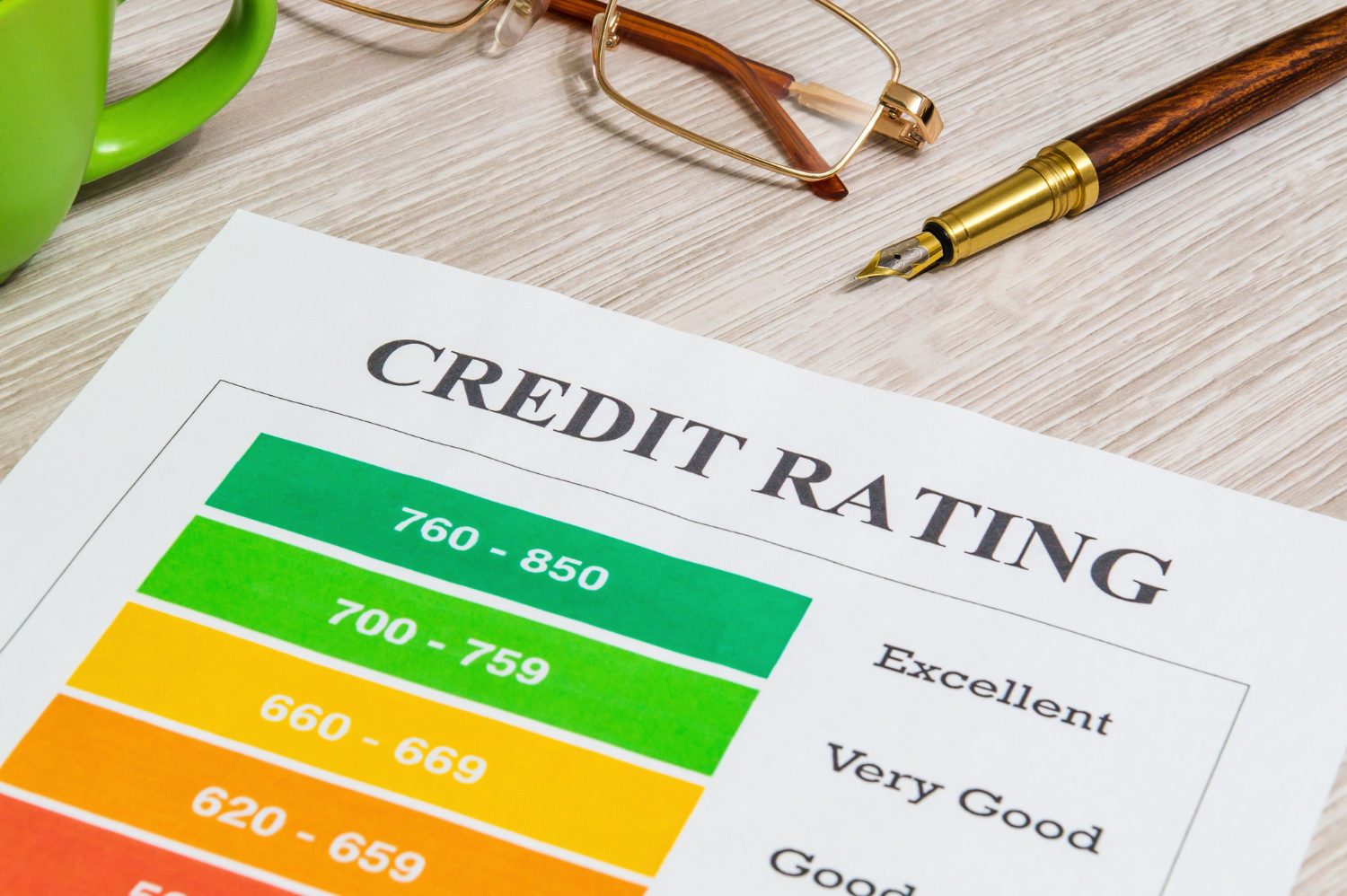Bad Credit Score: Recover and Earn the Credit You Deserve

Having a bad credit score can become a major obstacle in anyone’s financial life in the United States.
From obtaining a loan to buy a car or a home to simple approval for a credit card, an unfavorable credit history creates numerous difficulties.
This complete content has been prepared to help you understand what constitutes a poor credit score, the negative impacts of this situation, and most importantly, the best strategies to reverse this situation and build a more solid financial future.
What is a Bad Credit Score?
A bad credit score indicates a credit history considered high-risk by lenders. In the United States, there are two main credit scoring models: FICO Score and VantageScore.
Both vary on a numerical scale, and a low score on either characterizes a poor credit score.
FICO Score
The FICO Score is the credit scoring model most used by lenders in the US. It ranges from 300 to 850, and the score ranges are generally interpreted as follows:
- Excellent: 800-850
- Very Good: 740-799
- Good: 670-739
- Fair: 580-669
- Poor: 300-579 Therefore, a FICO Score below 580 is considered a poor credit score.
VantageScore
The VantageScore is a competitor to the FICO Score, also ranging from 300 to 850. Its scoring ranges are slightly different:
- Excellent: 750-850
- Good: 700-749
- Average: 650-699
- Poor: 550-649
- Very Poor: 300-549 In this model, a VantageScore below 650 is already considered a poor credit score, and below 550 is considered very poor.
Understand How a Poor Credit Score Can Hurt You
Having a poor credit score entails various negative consequences that directly affect your financial life. Some of the main ones are:
Higher Interest Rates
Lenders consider individuals with a poor credit score as high-risk clients. To compensate for this risk, they offer loans and credit cards with significantly higher interest rates.
This means you will pay much more over time, increasing the total cost of the loan.
Difficulty in Getting Credit Approval
The most direct consequence of a poor credit score is the difficulty in obtaining approval for new credits.
Whether it’s a personal loan, car financing, or approval for a credit card, your chances of being approved decrease drastically.
More Difficult to Rent Property
Landlords and real estate agencies frequently check the credit history of potential tenants.
A poor credit score can be a determining factor in the refusal of your application to rent a property, making it difficult to find a new home.
Limited Credit Card Options
People with a poor credit score have limited access to credit card options.
The few cards available generally offer low limits, high interest rates, and few or no rewards.
How to Improve a Bad Credit Score?
The good news is that a bad credit score is not a final sentence. There are several strategies that you can adopt to improve your score and rebuild your credit history.
Check Your Credit Report
The first step to improving a poor score is to check your credit report. In the United States, you are entitled to one free report per year from each of the three main credit agencies: Equifax, Experian, and TransUnion.
Carefully review the reports for errors or outdated information that may be harming your score. If you find any inconsistencies, dispute them with the responsible agency.
Make Payments on Time
Payment history is one of the most important factors in the composition of your credit score. Delaying payments, even by a few days, can have a significant negative impact.
Ensure you pay all your bills on time, including credit cards, loans, utility bills, and rent. Consider setting up reminders or automatic payments to avoid forgetting.
Become an Authorized User
If you have a family member or friend with good credit history and a credit card with a high limit and low utilization rate, ask to become an authorized user.
This means that the payment history of that card will also be reported to your credit report, which can help improve your score.
However, make sure the person is responsible with the card, as delays or high indebtedness can have the opposite effect.
Lower Credit Utilization Rate
The credit utilization rate represents the percentage of your credit limit that you are using. For example, if you have a card with a limit of $1,000 and have a balance of $300, your utilization rate is 30%.
Keeping this rate below 30% is crucial for a good credit score. The lower the rate, the better.
Opt for a Credit Building Loan
A credit building loan is an option for people with a poor credit score or limited credit history.
It works as follows: you take a small loan, but the money is not released immediately. It is deposited into a savings account, and you make monthly payments.
At the end of the term, you receive the total amount plus interest. The important thing here is that the payments are reported to the credit agencies, helping to build a positive history.
Use a Secured Credit Card
A secured credit card requires a security deposit as collateral. The card’s limit usually corresponds to the amount of the deposit.
Using the card responsibly, making payments on time, and keeping the utilization rate low can help improve your score and eventually qualify for a conventional credit card.
Improving a bad credit score requires time and discipline. There are no quick or miraculous solutions, although it may generate anxiety to think so.
Following the tips gathered in this guide and maintaining healthy financial habits, you ensure the right path to building a more prosperous financial future and earning the credit you deserve.
Regaining the confidence of the financial market after having a poor score is a gradual process, but entirely possible with the right strategies and consistency in your financial habits.
Enjoy each content on our site to stay updated! Read this publication on how to build credit, with a detailed guide for beginners.





